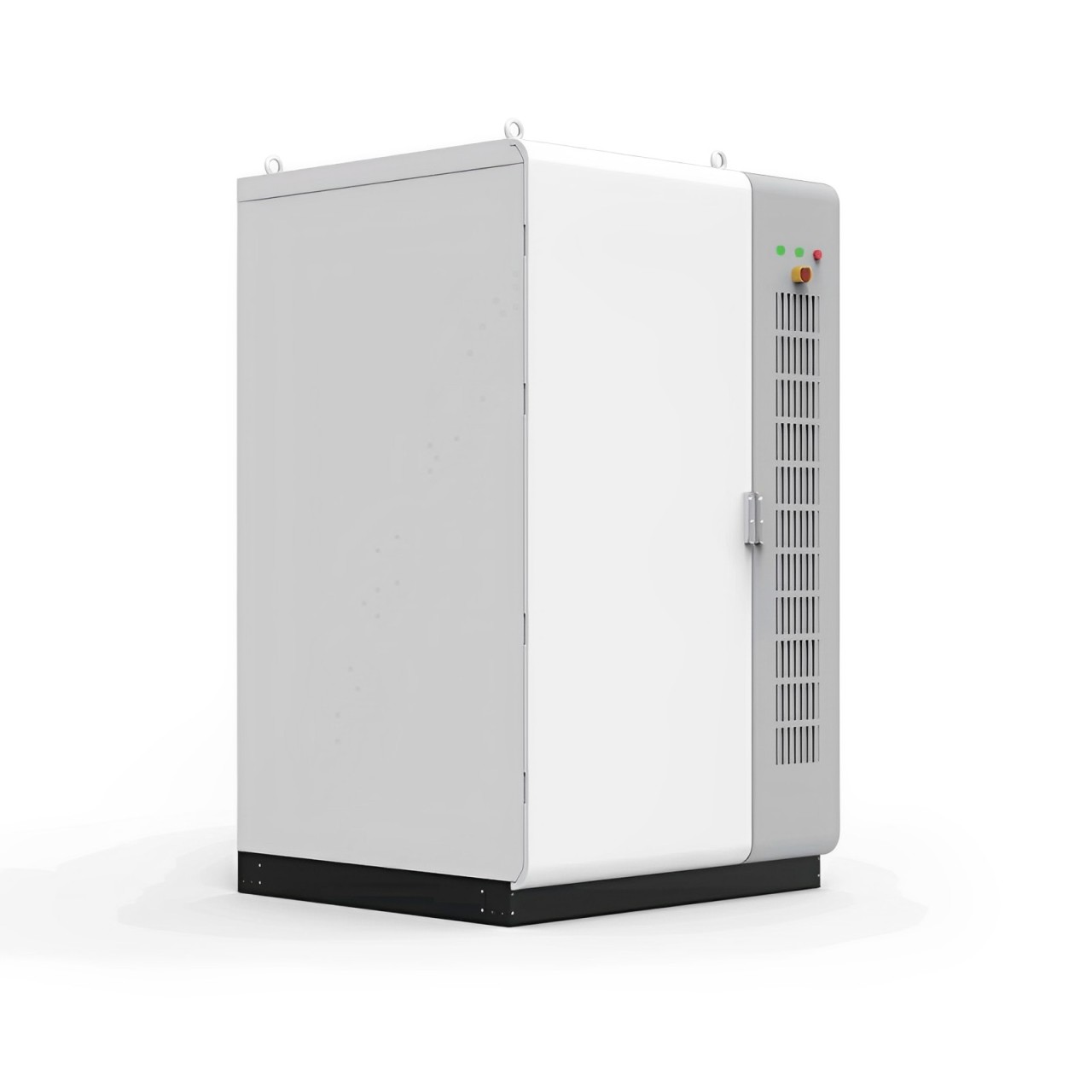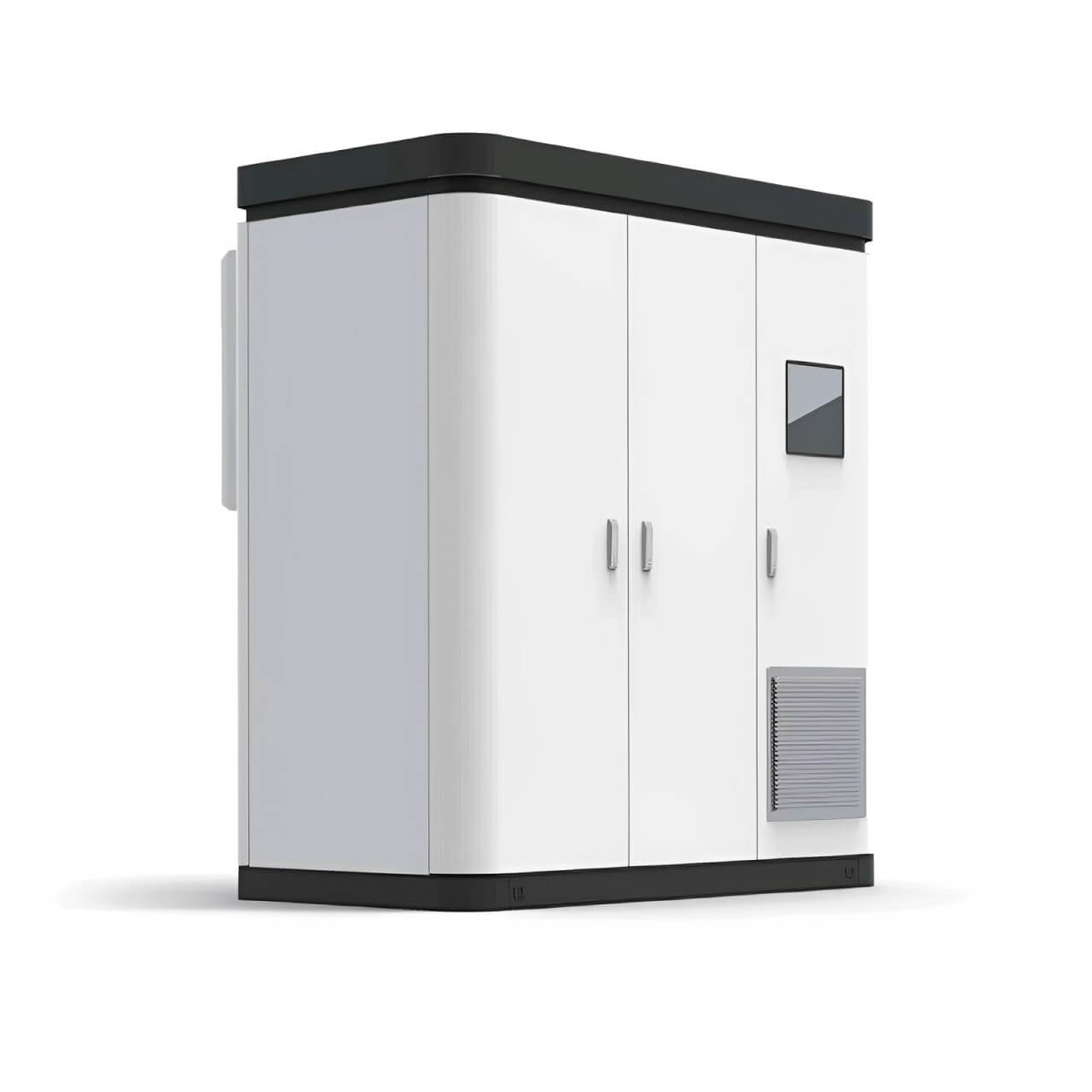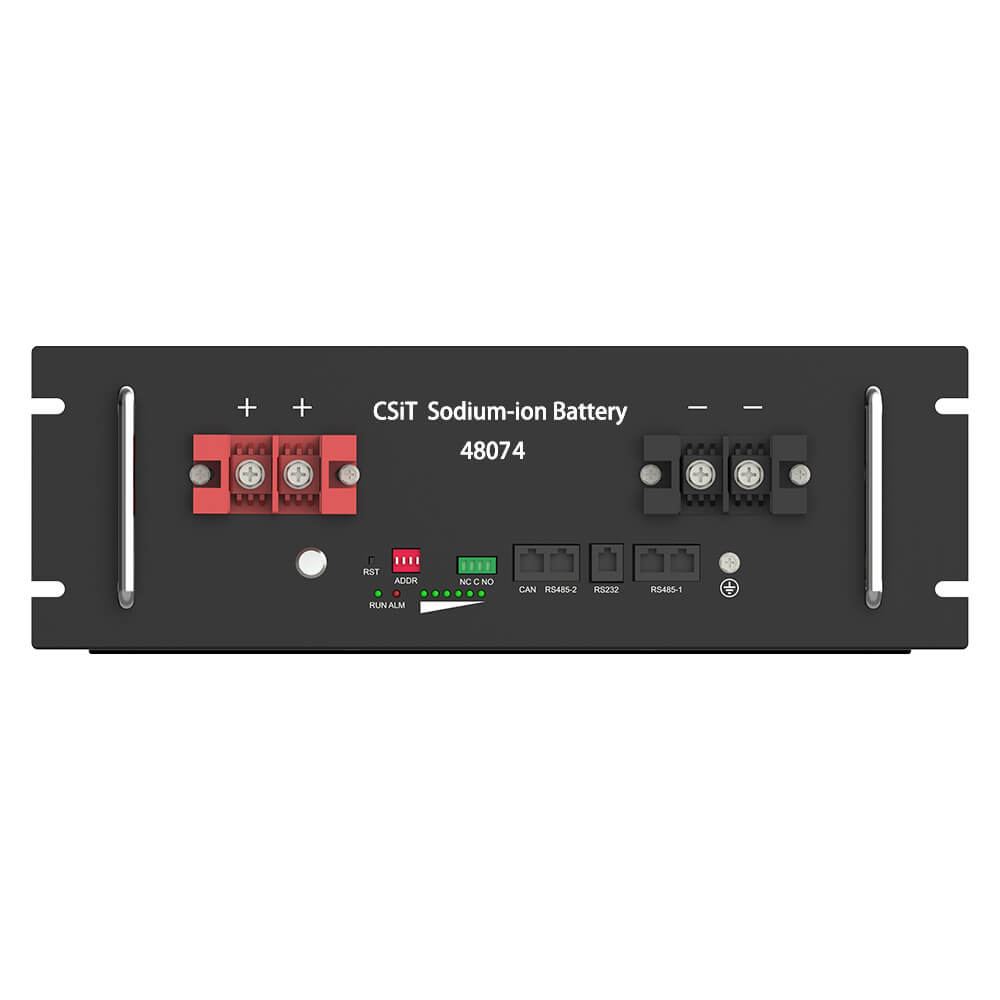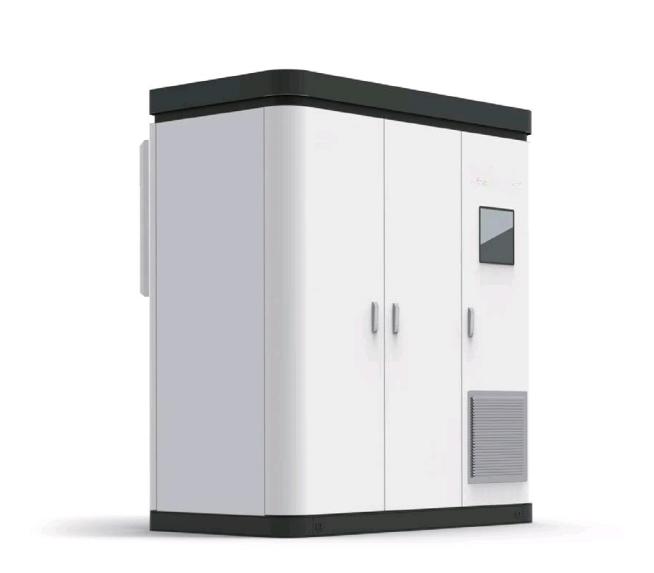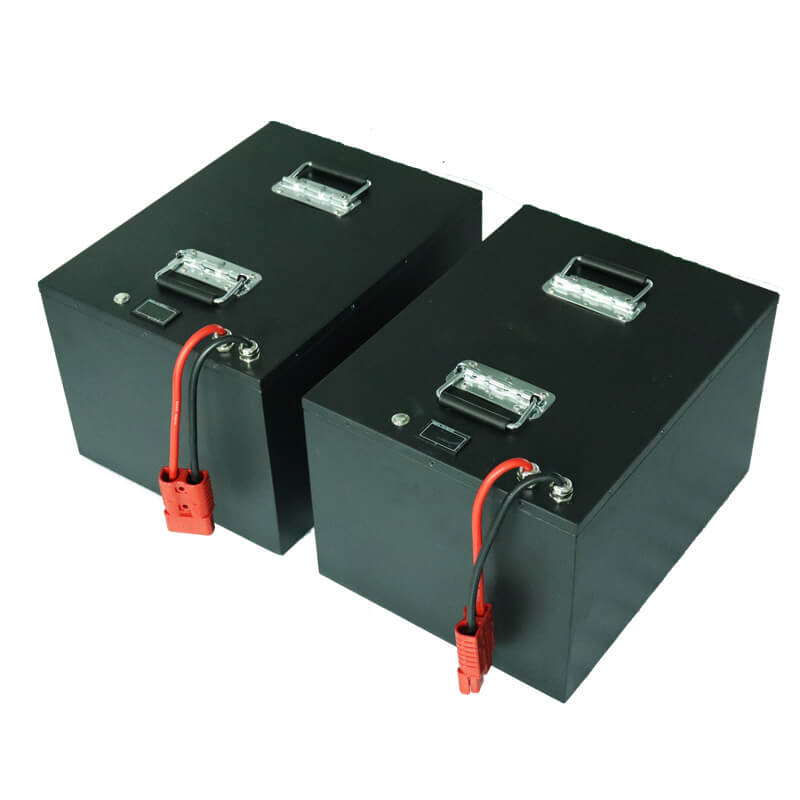How to install solar panels on RVs
In recent years, with the increasing popularity of RV travel, more and more people have begun to pay attention to the energy self-sufficiency of RVs. In modern RV travel, installing solar panels has become an increasingly popular choice. Solar energy is not only environmentally friendly, but also allows RVs to be powered outdoors for a long time, improving the comfort and freedom of travel. However, how to properly install solar panels on RVs and ensure their stable and efficient operation is not a simple question.
Why install solar panels on RVs?
1. Environmental protection and energy saving
Solar energy is a renewable energy source. Using solar panels to generate electricity can not only reduce dependence on fossil fuels, but also reduce the emission of greenhouse gases such as carbon dioxide. RV travel itself is a way to get close to nature. Using solar panels to power can make travel more environmentally friendly and reduce the need for external power sources.
2. Improve the self-sufficiency of RVs
For travelers who stay in the wild or away from the power grid for a long time, solar panels can provide continuous power for RVs to supply basic appliances such as refrigerators, lighting, fans, etc. In addition, the installation of solar panels can reduce the RV's dependence on generators or camp power, making travel more free.
3. Economic benefits
Although the initial installation cost of solar panels is high, in the long run, it can reduce camp electricity bills and generator fuel costs. In addition, as solar technology matures and costs fall, installing solar panels has become more cost-effective.
Preparations before installation
1. Choose the right solar panel
There are many types of solar panels, including monocrystalline silicon, polycrystalline silicon and thin-film solar panels. Monocrystalline silicon solar panels have the highest efficiency and are suitable for RV roofs with limited space. Polycrystalline silicon solar panels are relatively cheap but slightly less efficient. Although thin-film solar panels can be installed more flexibly on irregular surfaces, their overall efficiency is not as good as the previous two. Therefore, when choosing solar panels, you need to decide based on the use needs of the RV, the roof area and the budget.
2. Determine the power demand of the RV
Before installation, the daily power consumption of the RV must be calculated. The power of common equipment such as refrigerators, lighting, TVs, computers, etc. must be taken into consideration. By accurately calculating the daily power consumption, you can reasonably choose the power of the solar panel and the capacity of the battery to ensure that the installed system can meet the needs.
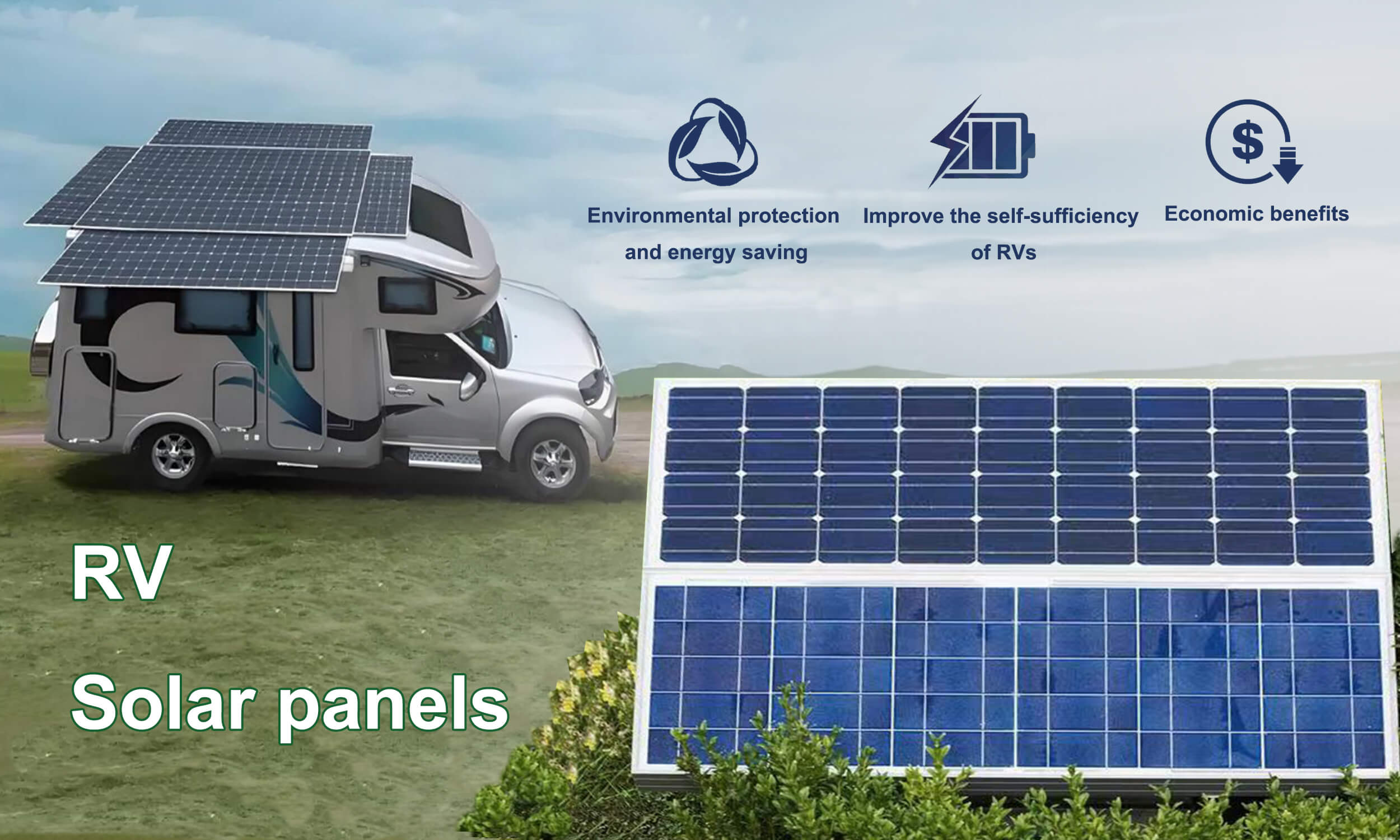
3. Choose batteries and controllers
In the solar power generation system, batteries and controllers are important components. The electricity generated by the solar panel must be stored in the battery for use at night or on cloudy days. Common batteries are lead-acid batteries and lithium batteries. The latter has a longer life and better performance, but is more expensive. The controller is responsible for regulating the current to prevent the battery from overcharging or over-discharging. MPPT controllers are efficient and suitable for high-power solar panels, while PWM controllers are cheaper and suitable for small and medium-power systems.
Installation steps of RV solar panels
1. Measure the roof area
Before installing solar panels, first measure the area of the RV roof to ensure that there is enough space to place the solar panels. Be careful to avoid protruding parts such as vents and skylights, and ensure that the solar panels can be installed in a position where the sun is directly exposed.
2. Install fixed brackets
The solar panel needs to be fixed to the bracket, and the bracket is installed on the roof of the RV. The installation of the bracket needs to consider wind resistance, the stability of the RV when driving, and the angle of sunlight. It is recommended to use an aluminum alloy bracket because it is both lightweight and corrosion-resistant. Waterproof sealant is required during installation to prevent roof leaks.
3. Wiring and connection
Connect the solar panel to the controller and battery inside the RV through cables. When wiring, make sure the cable is waterproof and fix it to the roof with a fixing clip to prevent it from being blown by the wind while driving. When the cable enters the interior through the RV roof, use a rubber seal to prevent water from seeping in.
4. Connect the controller to the battery
The controller should be installed near the battery inside the RV to reduce the loss of current transmission. The controller is connected to the solar panel, battery and RV power supply system to ensure that the battery can store electricity normally and supply power to the RV's electrical equipment.
5. Test the system
After all components are installed, the system needs to be tested to ensure that the solar panel can generate electricity normally, the battery can be charged, and the RV's electrical equipment can work properly. It is recommended to test on a sunny day to check the maximum power generation efficiency of the system.
Common problems and solutions for installing solar panels
1. Shadows affect power generation efficiency
Solar panels are highly dependent on sunlight. If they are blocked by trees, RV antennas, etc., the power generation efficiency may be greatly reduced. Therefore, when parking, try to choose a place without obstructions to ensure that the solar panel has the largest light-receiving area.
2. Insufficient battery capacity
If the battery capacity is not selected properly, there may be a problem of insufficient power, especially on consecutive rainy days or during peak power consumption. It is recommended to increase the battery capacity appropriately during installation, or add a backup power generation system such as a generator or an external power supply.
3. Insufficient light in winter
In winter, the sunshine time is short and the light intensity is low, and the power generation capacity of solar panels will be significantly reduced. At this time, users can cope with it by reducing electricity consumption or increasing other power supply methods.
Recommended Products:Photovoltaic Modules Solar Panels
The installation of solar panels is the future development trend of RVs
From a long-term perspective, installing solar panels on RVs is a very wise investment. Although the initial cost is high, the long-term economic benefits and freedom it brings are obvious. For RV travelers, solar energy is not only an environmentally friendly way to power supply, but also a tool to improve the quality of life and travel experience.
However, the installation of RV solar systems requires careful planning and execution. Wrong installation or selection may cause the system to not operate efficiently. Therefore, in actual operation, it is recommended that RV owners can seek the help of professionals to ensure that the installed system is efficient, stable and safe. At the same time, with the development of technology, the efficiency and cost-effectiveness of solar panels will be further improved in the future, and the energy problem of RV travel will be solved more easily.
The installation of solar panels is a key step to improve the self-sufficiency of RVs, which is both environmentally friendly and economical. Although there are some technical challenges in the installation process, as long as reasonable planning and correct selection of equipment are made, the RV power problem can be effectively solved and the comfort and freedom of travel can be improved. With the continuous advancement of solar energy technology, we have reason to believe that more and more RVs will choose to install solar panels in the future and enjoy the fun of green travel.
The above is all about how to install solar panels in RVs. If you want to know more about RV solar panels, you can leave a message to contact our company: sales01.csit@gmail.com

 简体中文
简体中文 Russian
Russian French
French German
German Japanese
Japanese Korean
Korean Arabic
Arabic Spanish
Spanish